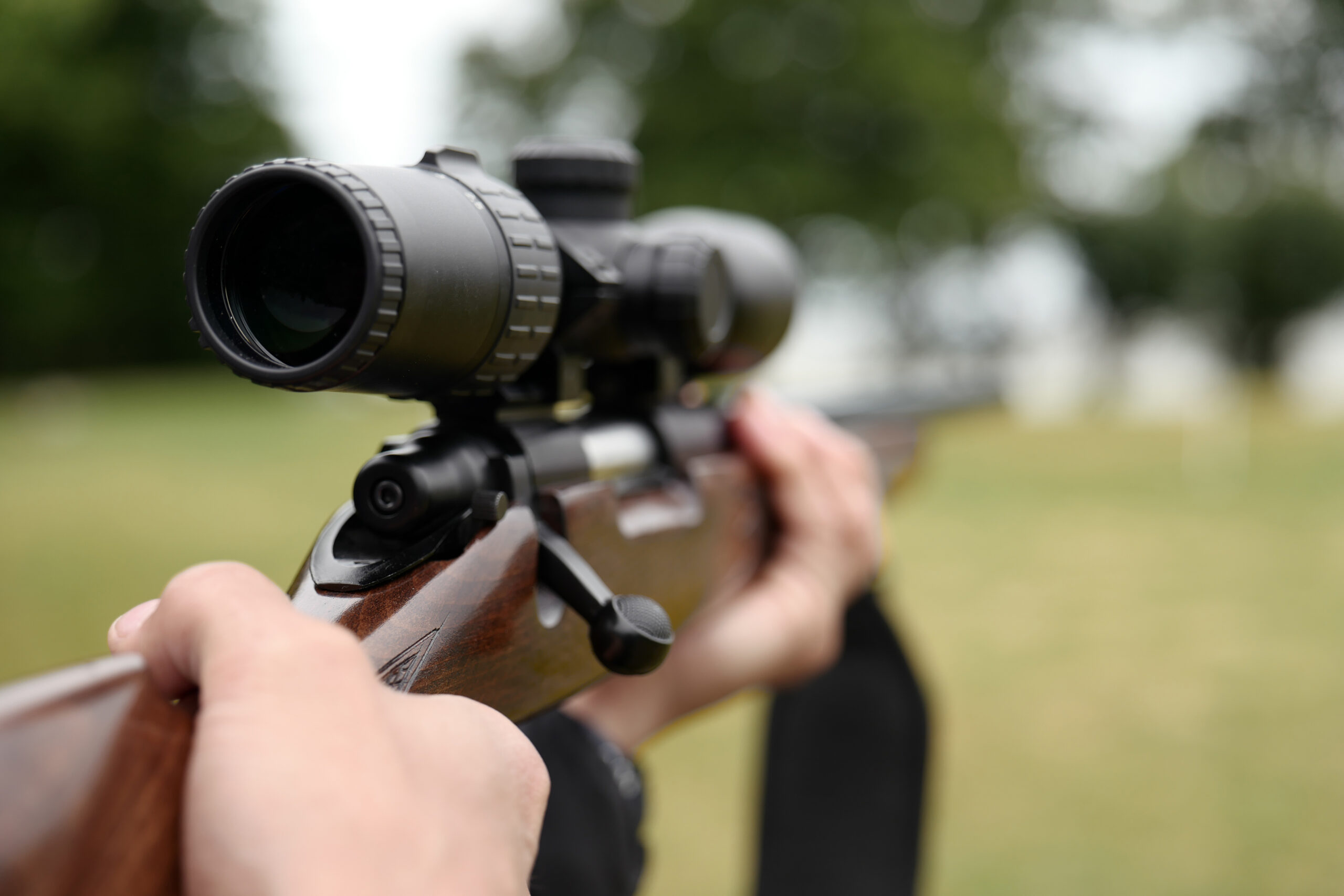A successful hunting trip in wet conditions can be incredibly rewarding — but it can also take a toll on your gear. Whether you’ve been out in the rain, walking through marshes, or tracking game through the dew-covered forest floor, the moisture can quickly damage your hunting rifle if not properly cleaned and maintained. Regular maintenance after a wet hunt is essential for keeping your firearm in optimal working condition, preserving its longevity, and preventing costly repairs.
Here’s a detailed guide on how to clean and maintain your hunting rifle after a wet hunt, ensuring it’s ready for your next adventure.
1. Safety First: Unload and Inspect the Rifle
Before you begin cleaning your rifle, the most important step is to ensure it is unloaded. Double-check that the chamber, magazine, and any other compartments are completely clear of ammunition. Always follow the basic firearm safety rules.
Once the rifle is unloaded, inspect it carefully. Check for any visible moisture, dirt, or mud on the exterior and inside of the rifle. Wet weather can cause debris to accumulate in the action, barrel, and other components, so it’s crucial to address these issues before they cause any lasting damage.
2. Disassemble Your Rifle
To give your rifle the thorough cleaning it needs, it’s best to disassemble it. Refer to your rifle’s manual for specific instructions, but typically you’ll want to break down the following parts:
- Barrel: The most critical part of the rifle to clean.
- Action: Including the bolt, trigger mechanism, and other moving parts.
- Stock: Wooden or synthetic stock both need care after exposure to moisture.
- Magazine: Often overlooked, but dirt and moisture can accumulate in the magazine well.
Taking your rifle apart allows you to get into hard-to-reach areas where dirt and moisture could linger.
3. Dry and Wipe Down All Parts
Start by using a clean, dry cloth or microfiber towel to wipe off excess moisture from the rifle’s exterior. Pay special attention to areas that come into direct contact with the elements, such as:
- The barrel (inside and out)
- The action, including the bolt and trigger assembly
- The stock and grip
- The scope (if applicable)
Use a soft cloth or compressed air to remove any excess water that might be trapped in hard-to-reach areas. Don’t skip this step, as moisture left behind can lead to rust, corrosion, or malfunctions.
4. Clean the Barrel Thoroughly
The barrel is one of the most important parts to clean after exposure to wet conditions. Moisture can easily lead to rust and debris buildup, which can affect accuracy. Here’s how to properly clean your rifle’s barrel:
- Use a cleaning rod and a patch holder to run solvent-soaked patches through the barrel. Always push the rod from the breech end (if possible) to protect the rifling.
- Allow the solvent to sit in the barrel for a few minutes to break down any residue or moisture.
- Run several clean patches through the barrel to remove any remaining solvent and debris.
- Follow up with dry patches until the patches come out clean.
- Once the barrel is clean, run an oiled patch through it to prevent rust and leave a thin layer of protective oil.
Be careful not to over-oil the barrel, as excess oil can attract dirt and grime.
5. Clean the Action and Moving Parts
Your rifle’s action is its mechanism for loading, firing, and unloading. After a wet hunt, it’s essential to clean and lubricate these moving parts to ensure smooth operation. Here’s how to maintain the action and bolt:
- Brush off debris: Use a nylon brush or an old toothbrush to scrub away dirt and moisture from the action and bolt.
- Wipe with a cloth: Use a soft cloth to remove any remaining moisture.
- Lubricate moving parts: Apply a thin layer of gun oil or grease to the bolt, trigger mechanism, and any other moving parts. This will ensure smooth operation and protect against rust.
- Check the trigger assembly: Ensure the trigger and firing pin are free of moisture and debris. Lightly oil these parts to keep them functioning properly.
6. Clean the Stock
After a wet hunt, cleaning the stock is also important. The way you clean it depends on whether it’s a wooden or synthetic stock:
- For wooden stocks: Wipe away any moisture with a dry cloth. If necessary, use a wood conditioner to help maintain the wood and prevent swelling or cracking. Do not store your rifle in a damp environment, as prolonged exposure to moisture can damage wooden stocks.
- For synthetic stocks: These are more water-resistant, but they still require wiping down and drying to prevent moisture buildup. Clean the stock with a damp cloth and dry it thoroughly.
7. Inspect and Clean the Scope
If your rifle has a scope, you’ll need to clean it as well. Wet conditions can cause condensation or moisture buildup on the lens. Here’s how to care for your scope:
- Dry the lens: Use a lens cloth to wipe off any water or moisture from the scope’s lens.
- Clean the lens: If needed, apply a scope-specific cleaning solution to gently clean the lens. Avoid using harsh chemicals or paper towels.
- Check the mounts and rings: Ensure that the scope rings are secure and have not loosened due to moisture. Tighten them as necessary.
8. Protect Metal Surfaces
After cleaning and drying the rifle, it’s important to protect its metal surfaces from rust and corrosion:
- Apply a thin layer of gun oil: Use a silicone cloth or a cleaning rag to wipe down the barrel, action, and any other exposed metal parts.
- Use a rust inhibitor: Consider using a specialized rust-prevention spray to protect your rifle from moisture and prevent future rusting.
9. Store the Rifle Properly
Once your rifle is clean and oiled, it’s essential to store it properly. Avoid leaving your rifle in a soft case that may trap moisture. Instead, use a hard case or a gun safe that is equipped with a dehumidifier or silica gel packets to absorb moisture. Ensure that the storage area is dry and free from humidity.
10. Final Check
Before you head out for your next hunting trip, do a final check of your rifle. Make sure that all parts are functioning properly, the scope is aligned, and the action cycles smoothly. Confirm that the safety is working correctly, and verify that the magazine is clean and free of moisture.
Why Cleaning Matters
Moisture can wreak havoc on your rifle, especially after a wet hunt. Rust, corrosion, and fouling can all affect performance and accuracy. Regular maintenance ensures your rifle operates reliably, extending its lifespan and keeping you safe in the field.
By following these simple steps after a wet hunt, you’ll keep your hunting rifle in top condition and ready for your next adventure.
Conclusion
Hunting in wet conditions can be challenging, but it doesn’t have to result in damage to your gear. With proper cleaning and maintenance, your rifle will stay in excellent condition, ensuring it’s ready for the next hunt. Don’t let a little rain stop you from enjoying the great outdoors — just remember to give your rifle the attention it deserves afterward to keep it performing at its best!


